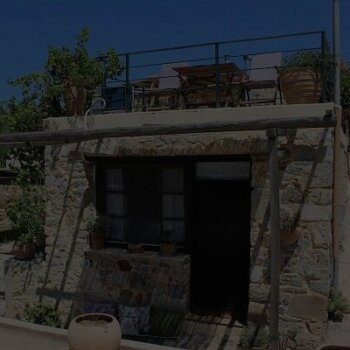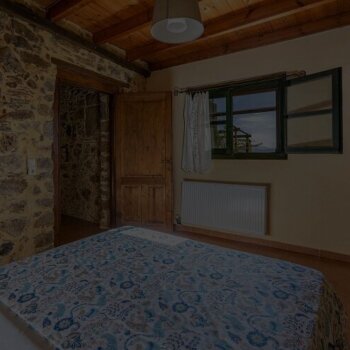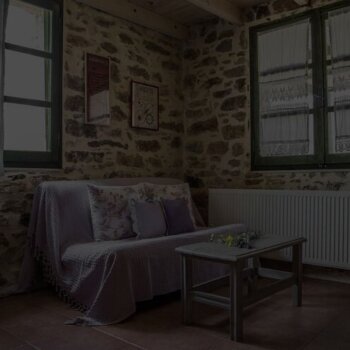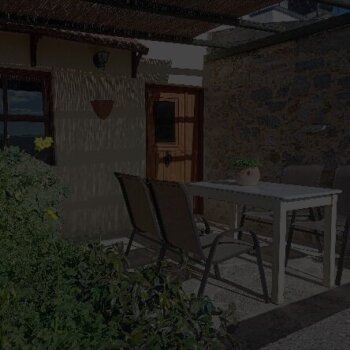By archaeologist Nikos Panagiotakis.
The surface research at the geographical section of Pediada in the prefecture of Heraklion is the largest research of this kind that has taken place in Greece so far; and thus it has delivered us more than 2000 archaeological sites.
Among them are the sites of the Minoan Palace of Galata and the sites of many Minoan “friktories”. The Minoan “Friktories” were outposts-towers that were used as a network for communication, surveillance and defense purposes, using large pyres as torches. In fact, this Minoan system of communication, already dated since the era of the first Minoan palaces -meaning 4000 years old- is the first in the European area.
The economical, geographical and strategic data of this area have always, from the Neolithic to the Ottoman era, been of great importance and hence they lead to equally important historical and archaeological data.
This surface research has proved beyond doubt the seating of many civilizations at the area of Pediada, where they could find all that was necessary for their development and growth.
The ingredients of its soil, the ample amount of rainwater, mostly during winter, and the presence of enough trees, whether they might be forest, olive trees, vineyards or bushes, to naturally retain water and prevent flooding; those were the key conditions for the development of agriculture and herding, main activities of man since the Neolithic era, that were fulfilled in this area.
Even today it is an important agricultural and sheepherding centre, having rich plains and valleys, a coastline and hill lines, many natural water sources and wells, flora, herbs and products that attract people in every season.
Sheep herds from the nearby mountains spend the winter mostly at lower mountain volumes of the area of Pediada, because the snowfall there is scarce and their feeding ability is high.
The geographic prefecture of Pediada has always been, due to its position in central Crete, a crossroad for people going to other important areas such as Temenos, Monofatsi, the plain of Messara, the Lassithi Highlands and, especially, Merampelo.
The soft white marly limestone and the hard grey limestone are the main type of rock construction materials that need to be mined; and both are abundant in this area, having been used for the creation of cities and settlements in all eras.
Some of the most important residential centers for Crete, in all eras, lie in the geographical vicinity of Pediada:
- Four of the Minoan Palaces of Crete: Knossos, Malia, Archanes and Galata.
- Four of the seven cities of Crete that participated in the Trojan War: Lyktos, Militos, Knossos and Lycastos.
- Six cities of the Classical and Hellenistic periods, of the most important in Crete: Knossos, Lyktos, Lykastos, Arkades, Eltinea and Hersonissos.
- Together the cities of Lyktos and Hersonissos were the most populated area of Crete during the Roman era.
- The area of Pediada remains an important residential center, with many fortifications, during the Byzantine era.
- The censuses during the Venetian and Ottoman periods prove, in the best way, that the area of Pediada had the largest population compared to other provinces in Crete, and that its land has always kept high levels of productivity and quality.
- Also, the area of Pediada has always been a religious centre. The surface research has pinpointed to a variety of Minoan temples at mountaintops and of caves that were used in rituals in the Minoan era. We have also found many shrines from the Classical and Hellenistic eras, located near water sources and quarries. We have discovered the foundations of an important temple, most likely dedicated to Artemis, in the vicinity of Kenourio Chorio.
- Also many Roman shrines. And a number of Christian temples, as hundreds were built during the Byzantine and Venetian eras. Now the Holy Monastery of Agkarathou is the most important religious centre, known in all Crete, as also is the holy tribute to Saint Marina at Voni.
It is obvious from the above that the surface research of the geographical prefecture of Pediada has shown light to the struggles of man from the Neolithic to the Modern era, in a total period of 7000 years. Human creation has been recorded by archaeological data that bear witness to human activities.
Through our efficient collaboration with the communities and the frequent seminars and meetings about the historical and archaeological data of the area, this surface research has helped so people come to know this region’s unknown history. Indeed, this research has become a point of reference in international literature, with twenty-five publishings and participations in international conventions.









